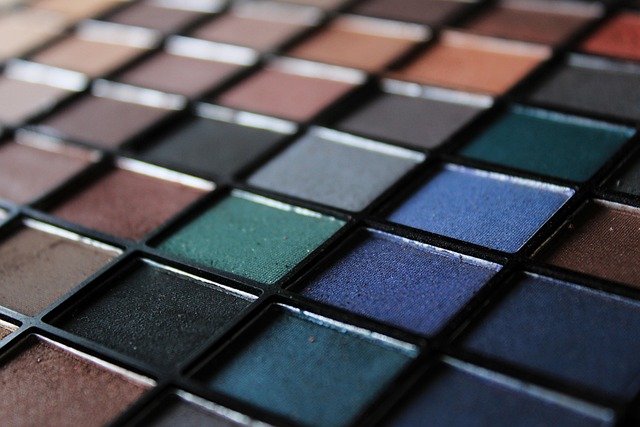The Impact of Color in Television: A Deep Dive into TV Display Technology and Visualization
Color plays a vital role in how we experience television. It not only shapes the visual aesthetics but also enhances storytelling, evokes emotions, and influences our overall engagement with the content. As technology advances, the way colors are rendered on our screens has transformed dramatically, giving viewers an exhilarating way to connect with their favorite shows, movies, and games.
The Evolution of Color in TV Technology
The journey of color in televisions began with black-and-white screens, where hues were just a figment of imagination. With the advent of color TV in the 1950s, viewers were introduced to a vivid world of possibilities. Technological advancements, such as RGB (red, green, blue) color mixing, made it possible to display a broader spectrum of colors. In today’s market, display technologies like OLED (Organic Light Emitting Diode) and QLED (Quantum Dot LED) take color reproduction to the next level, offering deeper blacks, brighter highlights, and a wider color gamut.
Delving into Display Technologies
Modern displays bring incredible vibrancy to our viewing experiences. OLED displays emit their own light, allowing for precise control over color and contrast. This means that when you watch a movie, the colors are not just bold and bright, they are also more realistic. On the other hand, QLED technology utilizes quantum dots to enhance brightness and color accuracy, producing stunning visuals that can leave viewers breathless.
Color Calibration and Visualization
For the avid tech enthusiast, color calibration is crucial. Calibrating your TV ensures that the colors you see are true to the creator’s intent. Many high-end monitors and televisions come with factory calibration settings, but for those who want that extra edge, professional calibration services can help. Getting the colors just right can transform your viewing experience, making each pixel come alive with clarity and depth.
Understanding Color Theory in Content
Beyond technology, the application of color theory in television is equally significant. Directors and cinematographers think carefully about how color influences emotion and perception. For example, warm tones evoke feelings of comfort and nostalgia, while cool tones can create a sense of calm or tension. This thoughtful consideration of color palettes enhances storytelling, making every scene more engaging.
The Future of Color in Television
As we look towards the future, virtual and augmented reality are on the horizon, promising to redden our perception of color and realism even further. Innovations like HDR (High Dynamic Range) are already blurring the lines between the screen and reality, bringing lifelike colors that can create awe-inspiring visual narratives. The impact of color in television will continue to evolve, captivate, and draw us into new realms of imagination.
Whether you’re binging the latest series or watching the most recent blockbuster film, the colors that dance across your screen are a crucial part of the experience. Understanding the technology behind the colors can enhance your viewing habits and deepen your appreciation for the artistry involved in television production.




